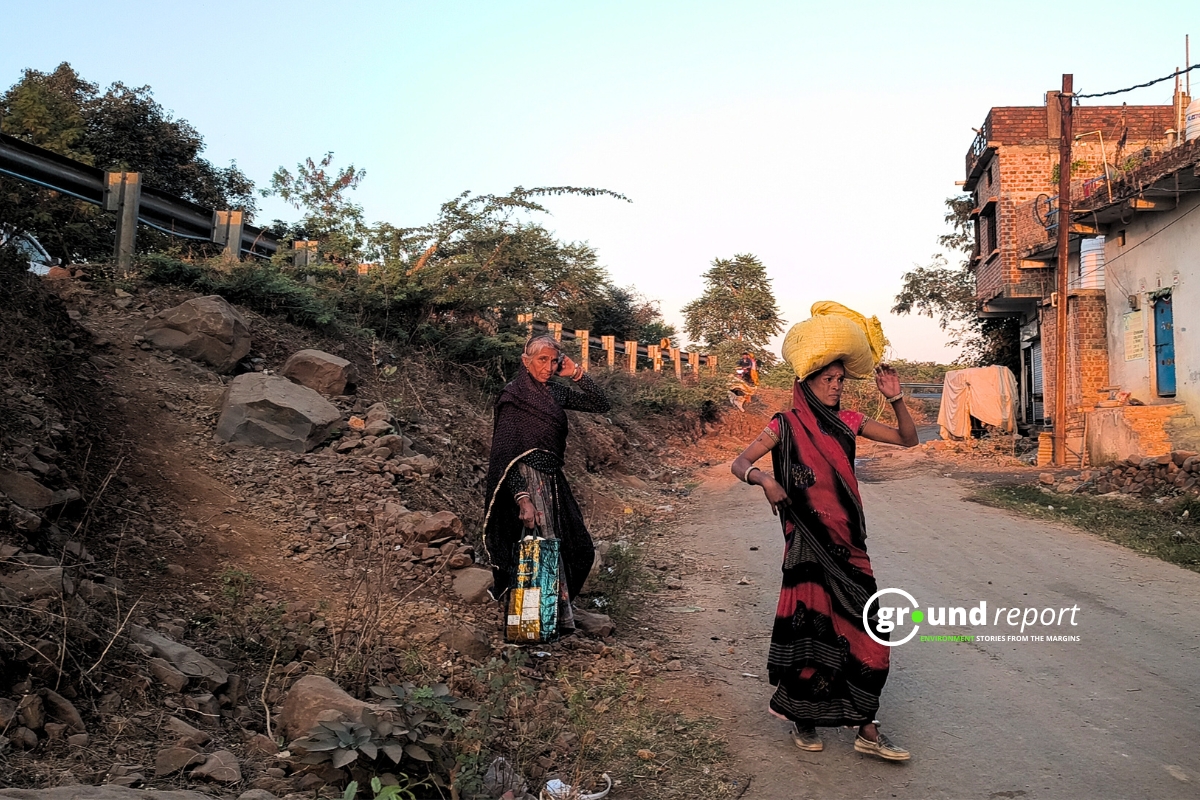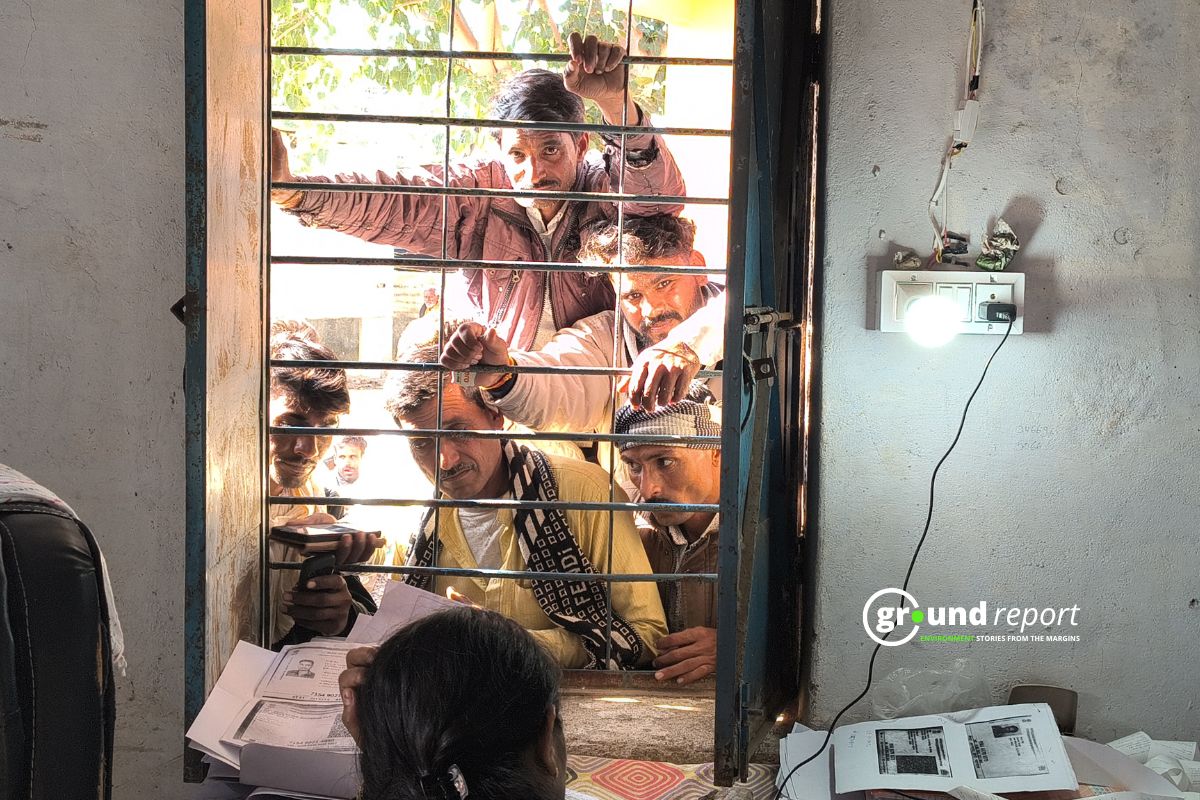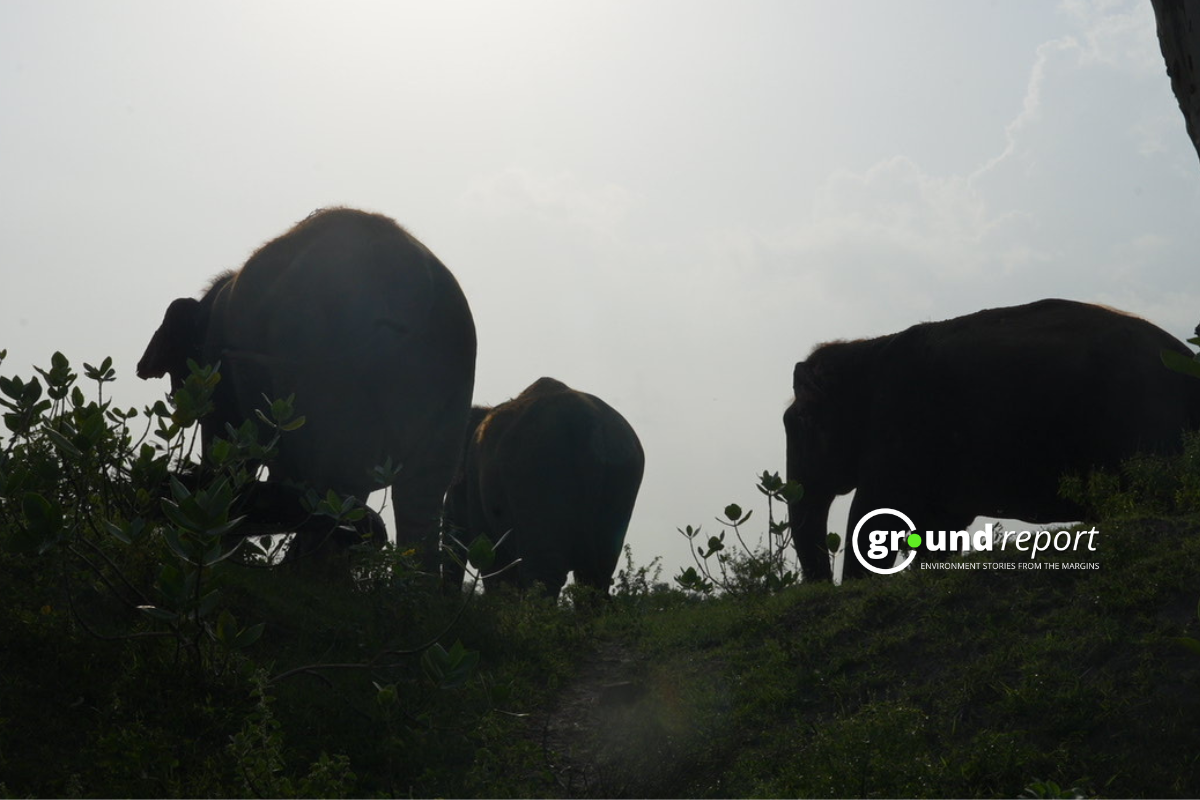The conflicts between humans and wildlife majorly occur when there is an overlap of human and animal habitats. Lately, these conflicts have been frequent due to the ever-increasing human population, and the inevitable expansion of cities or urbanization. In addition, to fulfill the food requirements of the growing population economic activities like agriculture venture deep into the wild leading to conflicts.

A very prominent example of such human-animal conflict is the tiger state of Madhya Pradesh. The state is home to nine national parks, six tiger reserves, and twenty-five wildlife sanctuaries.
Recently, the Panna Tiger Reserve is a prime example of what human-animal conflicts are leading to. A tiger carcass was found hanging from a wire noose, set up by poachers.
‘Urban’ Tigers: The MANIT Incident
The capital city of Bhopal is known to be a sprawling ground for “urban” tigers. An incident that occurred a couple of months ago in the city created massive panic among the students of The Maulana Azad Institute of Technology (MANIT) in Bhopal. Incident: A tiger was spotted on a campus of 6000 students with residential hostels.
There was also an alert near Kaliyasot Dam, barely 1 km from MANIT that a tiger was on the move around the area.
Krishna Bhorwan, a resident of Bhopal, living near the Kaliyasot Dam for almost 20 years now told Ground Report that spotting a tiger or a leopard in the area was a very usual thing for him. He believes that it is dangerous for the nearby human as well as cattle population, given the area is known to have many farms.
Institutes on the outskirts and water bodies

Another big challenge that can be seen is the location of big educational institutes at the periphery of the city that often overlaps with areas strategically marked by tigers and leopards. The National Law Institute University, Bhopal; The Sanskar Valley School; and MANIT are some examples that lie near areas that are caged to designate it as a high wildlife activity zone.
Referred to as ‘Urban Tiger’, there are six resident tigers of Bhopal, and about eighteen moving around the forest corridors in the outskirts. As the city of Bhopal expands, more and more conflicts are bound to occur. Tiger sighting has become a regular event on the premises of the Water and Land Management Institute (WALMI) where tigers seem to have settled owing to water availability.

The presence of a water source nearby is a huge attraction for animals, especially during the dry months. The Kaliyasot River and reservoir lie just around the corner leading to human-animal conflict.
Conclusion
Bhoj University campus has also been a favourite spot for the tiger. Two tiger cubs (T1231, T1233) are known to have been exploring the city as they grow older. Their exploration poses a great threat to the lives of residents of the city. A fence covering an area of 22km is already in place to restrict the free movement of tigers into the city.
This tiger population seems to be growing fromthe bunch residing in the Ratapani Wildlife Sanctuary. Despite regular sightings and encounters, there is little action being taken by the state government. A scientific research project called the Bhopal Urban Tiger Project has been put in place to further investigate the coexistence of tigers in the urban city of Bhopal.
This can help us better understand the ground realities. Furthermore, the research will assist the authorities to ensure that human-animal can be segregated. And, if necessary co-exist.
Keep Reading
Indian agriculture household earns just Rs. 10,218 in a month: Govt
Post-harvest losses still high, reveals data shared in Lok Sabha
Khadi Haat village’s power-free wastewater treatment solution and more
Support us to keep independent environmental journalism alive in India.
Follow Ground Report on X, Instagram and Facebook for environmental and underreported stories from the margins. Give us feedback on our email id greport2018@gmail.com.
Don’t forget to Subscribe to our weekly newsletter, Join our community on WhatsApp, Follow our Youtube Channel for video stories.






